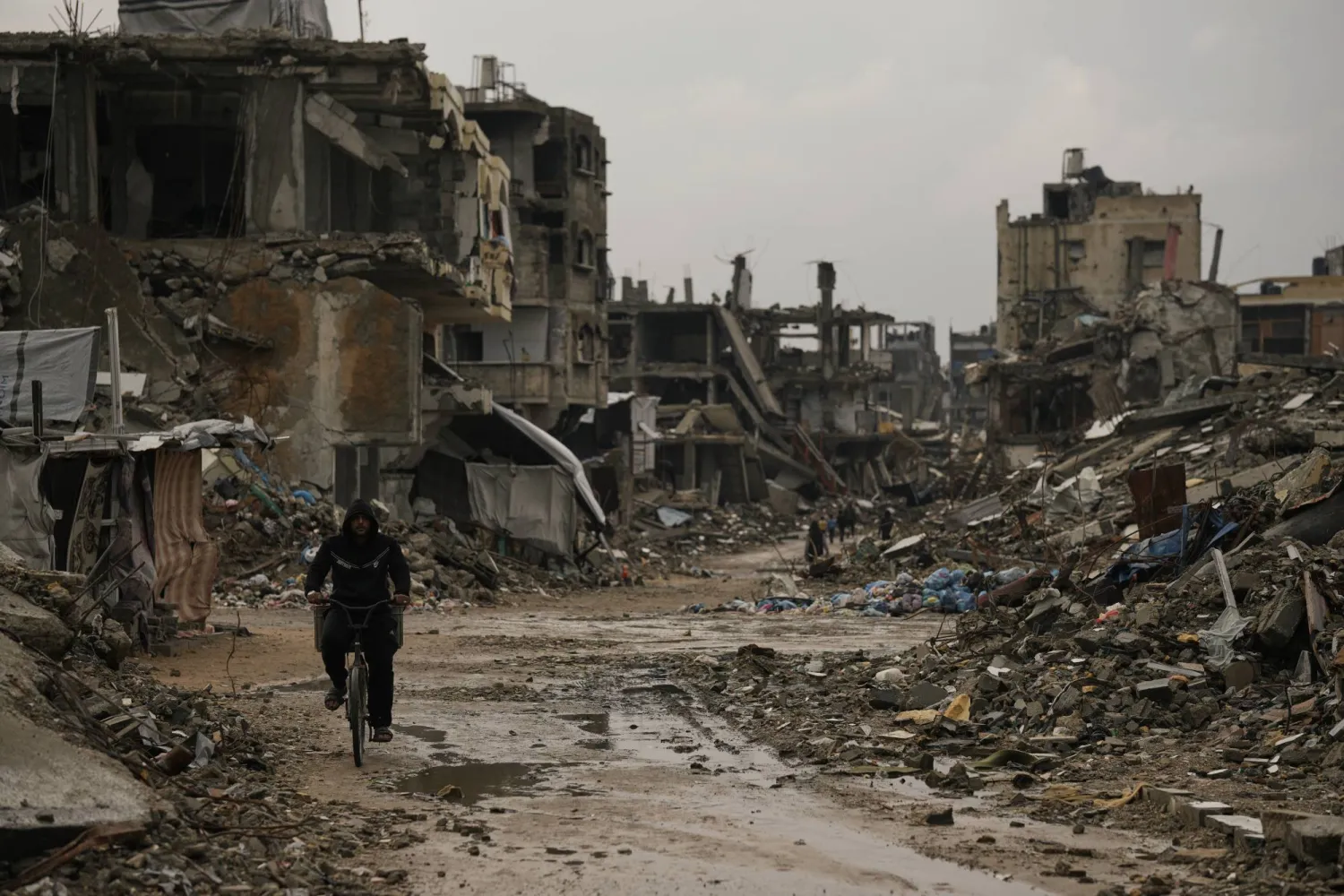Israel has held firm to demands that Hamas be disarmed as part of President Donald Trump’s ceasefire plan for Gaza, whose first phase began in October. An Israeli official said Tel Aviv has rejected a proposal from the group’s leadership to freeze the use of weapons under a long term truce.
Speaking to Agence France Presse on Thursday, the official said there will be no future for Hamas under the twenty-point plan and the group will be disarmed.
Gaza will be demilitarized, the official added.
The comments came a day after Khaled Meshaal, the head of Hamas’s political bureau abroad, relayed in an interview aired by Al Jazeera on Wednesday that the idea of completely giving up weapons is unacceptable to the resistance.
He said the group had floated the notion of freezing its weapons, adding that the resistance was offering proposals that could guarantee the absence of military escalation from Gaza against Israel.
Israeli Army Radio quoted an official in Tel Aviv on Thursday as saying Israel “remains committed to fully disarming Gaza,” adding that there is ongoing coordination with the United States on this issue.
The ceasefire agreement, which took effect on October 10, stipulates that Hamas and other armed factions in Gaza must be disarmed.
Openness in the Trump administration
A senior Hamas figure believes the Trump administration, which has repeatedly stressed disarmament, “has become more open to ideas being exchanged between Hamas and the mediators on one side and Washington on the other.”
The source told Asharq Al-Awsat that “several ideas were proposed by the movement and developed by the mediators, and other proposals are still being passed around by different parties to help accelerate the transition to the second phase.”
But Hamas’s perceptions seem at odds with recent public statements, most recently from US Ambassador to the United Nations Mike Waltz in his meeting with Israeli President Isaac Herzog on Wednesday. Waltz said Washington would not allow Hamas to rebuild itself.
Sources in the group said contacts with all parties were continuing and that the current talks show greater seriousness to reach understandings on this issue and others.
Hamas appears to be banking on American flexibility that could allow it to retain its weapons or place them in storage under a freeze, or even put them under the custody of an Arab or Islamic party.
One Hamas source said “the mediators are capable of creating broad convergence and understanding with the United States on the weapons issue and other important files such as the deployment of international forces and the governance of the Gaza Strip.”
Meshaal had explained his proposal for freezing, rather than dismantling, the group’s weapons by saying it wants a framework with guarantees that Israel will not return to war against Gaza.
He suggested that weapons can be safeguarded and neither used nor displayed.
Meshaal added that mediators could guarantee that Hamas and other resistance forces in Gaza would prevent any military escalation from the enclave.
A role for the Authority
Israel insists on moving to the second phase of the deal after Hamas hands over the body of the last Israeli hostage in its custody. Prime Minister Benjamin Netanyahu said days ago that the transition to the next phase was near, while noting the difficulties surrounding it such as disarming Hamas and Gaza “whether the easy way or the hard way.”
Amid the dispute between Hamas and Israel, the Palestinian Authority has underscored its position that it must assume full responsibilities in Gaza with exclusive authority over security and law.
President Mahmoud Abbas has held talks in recent days with several Arab, Islamic and European leaders, stressing the Authority’s readiness to take over and its commitment to its reform program, which he said would enable it to carry out its duties and prepare for comprehensive elections.
Hamas does not publicly comment on the Authority’s stance, but a senior source in the group told Asharq Al Awsat, “We have no objection to coordinating with the Palestinian Authority and for it to assume its responsibilities in Gaza, but this requires agreement on a comprehensive national program.”
The source added that “another problem is that Israel refuses to allow any role for the Authority in Gaza and we are working with all parties, with help from international pressure on Tel Aviv, so that the Palestinian Authority can eventually govern the strip.”









